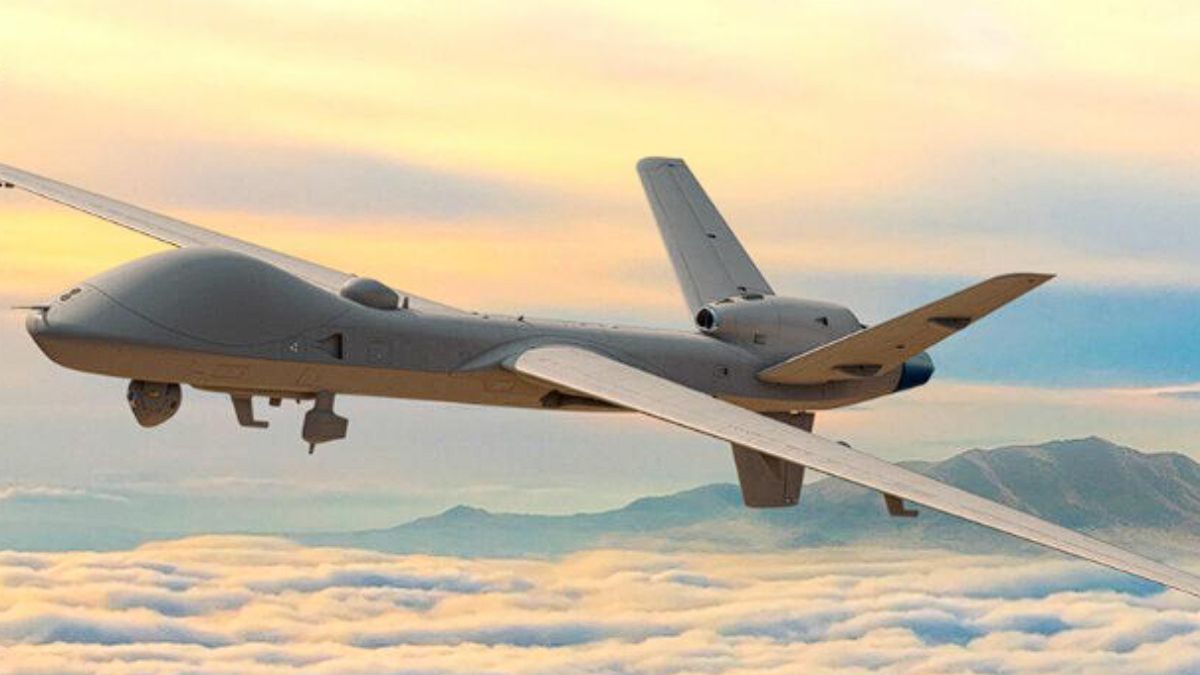
On Wednesday, during a surveillance mission, a technical issue occurred in a MQ-9B SeaGuardian remotely piloted aircraft (RPA), which the Indian Navy was leasing from the US. This leads to a crash into the Bay of Bengal.
As per HT, the high-altitude long-endurance RPA is irreparable and would be written off. The navy leased two MQ-9B drones four years ago to improve its intelligence, surveillance, and reconnaissance (ISR) capabilities in the large Indian Ocean region (IOR). The drones are operated from naval air station Rajali in Tamil Nadu and are a variation of the Predator B drones made by US company General Atomics. The Indian Navy said in a statement that “at about 1400 hrs, while on a routine surveillance mission, a high-altitude long endurance remotely piloted aircraft (HALE RPA) leased by the Navy encountered a technical failure that could not be reset in flight.”
It claimed that the RPA navigated to a safe region and conducted a controlled ditching at sea off Chennai, and that a thorough report had been requested from General Atomics, the original equipment manufacturer (OEM).
According to people with knowledge of the situation, the OEM has been operating the two RPAs on lease to give the navy guaranteed surveillance over the large area. According to the agreement, the OEM will now need to replace the lost RPA with a new one in order to meet the needs of the navy, they continued.
The incident occurs while India is negotiating a nearly $3.1 billion deal to acquire 31 MQ-9B aircraft from the US to strengthen its armed forces. Weapons, sensors, ground data terminals, ground control stations, ground handling equipment, spare parts, and logistical support are all included in the anticipated cost. The Indian Air Force will have eight UAVs, the Army will have fifteen, and the Navy will have fifteen.
Following the announcement of new weapon-acquisition processes by the Indian government that permitted the option of leasing weapons and systems, the MQ-9B was the first piece of military hardware that India leased. To reduce the cost of purchasing equipment, the Defence Acquisition Procedure-2020 allowed the leasing of military gear.
